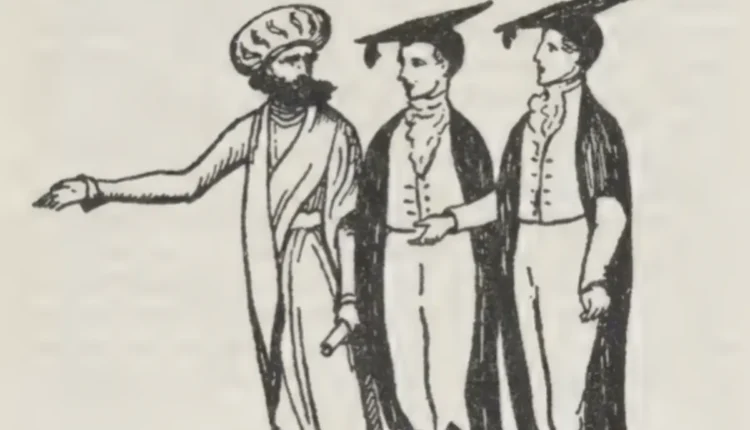In the annals of British Indian history, few figures stand out as distinctly as Sheth Ghoolam Hyder. Born in Darbhanga, Bihar in 1776, Hyder’s life journey is a testament to the power of knowledge, determination, and the relentless pursuit of a dream.
His remarkable career as a professor of Persian at the East India Company College, which later became known as Haileybury College, marked him as one of the first Indians to teach in the UK. Hyder’s legacy is not just about his contributions to academia but also about his role in fostering cultural exchange and understanding between Britain and India.
Sheth Ghoolam Hyder: The Early Years and Journey to the UK
Sheth Ghoolam Hyder’s early life in Darbhanga laid the foundation for his future endeavors. Growing up in a region renowned for its rich cultural heritage and intellectual pursuits, Hyder developed a deep passion for the Persian language and literature.
This passion drove him to seek greater opportunities and led him to embark on a journey to London in 1806. At a time when international travel was fraught with challenges, Hyder’s solo voyage was a bold and visionary step.
The East India Company College
Upon his arrival in the UK, Sheth Ghoolam Hyder applied for the position of “Persian writing master” at the newly established East India Company College.
His application, which included an impressive sample of Persian calligraphy, demonstrated his expertise despite his limited proficiency in English. Recognizing his talent, the college appointed him with an annual salary of £200, a significant sum for an Indian teacher at the time.
Working alongside Captain Charles Stewart in the Muhammadan Division, Sheth Ghoolam Hyder’s role involved teaching Persian, Hindustani, and Arabic. His teaching methods, which included having students copy select passages in Persian script and testing their pronunciations, were instrumental in shaping the linguistic skills of future British administrators in India.
Challenges and Triumphs
Despite his academic success, Sheth Ghoolam Hyder faced numerous challenges. His salary, though generous by Indian standards, was insufficient to cover his expenses in England, especially as he was sending money back to his family in India.
Hyder’s financial struggles were compounded by his responsibilities towards his two families – his wife and children in India and his English wife, Rose Slocomb, and their six children in England.
In 1808, Sheth Ghoolam Hyder petitioned for a salary increase, highlighting the disparity between his earnings and those of his British counterparts. Although the company did not approve his request for a raise, they granted him a £40 annual subsidy for his house rent. This small concession, however, did little to alleviate his financial burdens.
Personal Life and Legacy
Hyder’s personal life was marked by both joy and sorrow. His marriage to Rose Slocomb, who was considered his “social inferior” by his colleagues, and the birth of their six children, brought him happiness amidst the challenges. Despite the cultural and social barriers, Hyder remained committed to his family and his work.
Tragically, Hyder’s final years were marred by illness and mounting debts. He passed away in May 1823, leaving behind a deeply indebted family.
In a testament to the respect and affection he had earned, his students contributed towards his gravestone, and his supervisor, Charles Stewart, provided support to his family. Stewart’s actions, which included enrolling Hyder’s sons in a church hospital and arranging training for his daughters as domestic servants, ensured that Hyder’s family received some level of care and stability.
Also Read:Kitty Kirkpatrick: A Cultural Muse and Historical Icon

